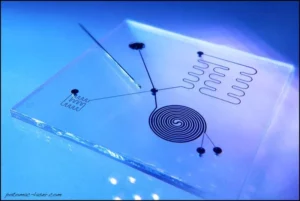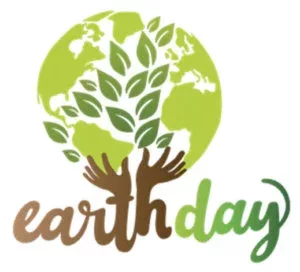
Reflecting on the recent Earth Day, it seems that innovation has always been the key to solving problems. From laser inventors Schawlow and Townes to the original Silicon Valley entrepreneurs Hewlett and Packard, creative thinkers in science and engineering have tackled the world’s problems and turned them into opportunities for innovating solutions.
Today’s climate change issues are most likely going to be successfully addressed by harnessing new technologies and processes and combining existing tools in novel ways. Problems as extensive as the Earth faces today require a concerted effort and many small steps to create a viable result.
Microfluidics is just one of the technologies emerging as a means to expediting solutions to climate change problems. Here are a few examples of ways in which the small, affordable devices are helping solve today’s ecological crisis.
BioFuels

Everyone is aware of fossil fuel limitations: finite supply, carbon emissions, price fluctuations, and global supply chain upheavals due to political instability. Luckily, renewable sources of fuel from plants are gaining traction as an affordable energy source to replace petroleum-based products.
New research utilizing green sources like Algae that are rich in high-energy lipids have made significant progress toward producing alternative biofuels. Yet, lipid density can be too low compared with what is required to ensure production that can compete cost-effectively with fossil fuels. Microfluidic technology is being used to identify best strains of Algae for the application, as well as to develop optimal production methods to boost lipid measurements.
Along these lines, microfluidic devices are used to monitor and blend biofuels, again to optimize production much like is done in the petroleum industry. Manufacturing is not a simple process and whether green or not, creation of a new product requires multiple steps to achieve good quality at competitive costs.
CO2 Capture-Sequestration
The rapid rise of CO2 levels in the atmosphere must be curbed to combat climate change and it will take more than just switching away from fossil fuels for automobiles and planes. CO2 is created by a multitude of processes, and the Greenhouse Gas that is already in the atmosphere does not disappear over time. Research into capturing and then storing carbon dioxide in a safer location such as inside the Earth or under the sea requires simulation of the processes as well as identification of material components.
Microfluidic devices have been instrumental in the development of CO2 Capture-Sequestration solutions to the problem. In some cases labs are experimenting with conversion of the problem gas to another form of fuel.
At Potomac, we are always excited to see what new applications of microfluidic devices our partners are uncovering. Using a wide range of tools from laser and CNC micromachining to bonding and laser welding, we can select the right manufacturing process to fabricate a novel and complex microfluidic device for research in biofuels, cancer therapy, drug delivery and much more.
The ideas for solving the worlds Climate Change problems are as diverse as human ingenuity and only require innovation and perseverance to win a reprieve for Mother Earth.


